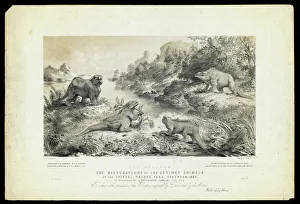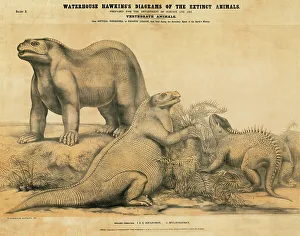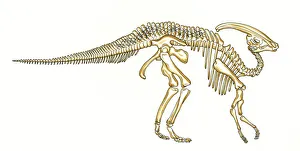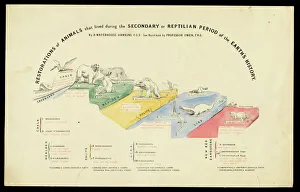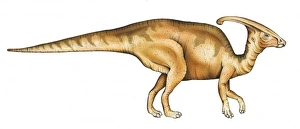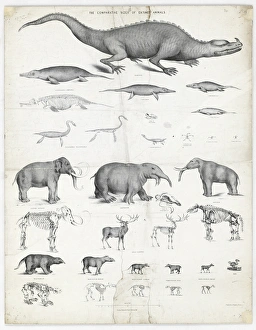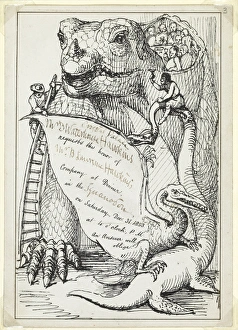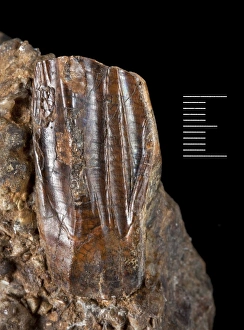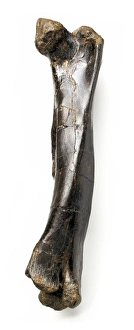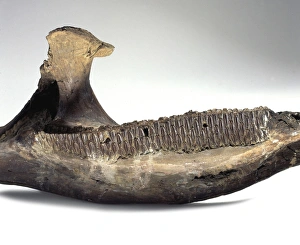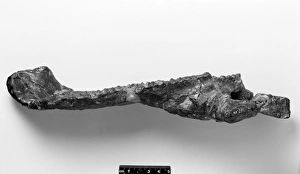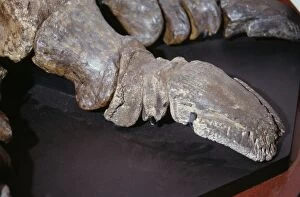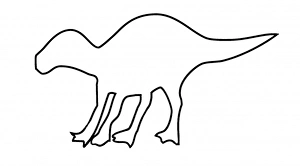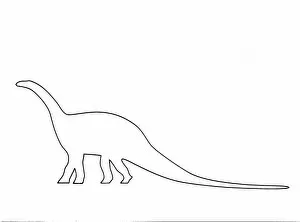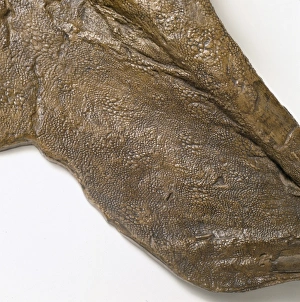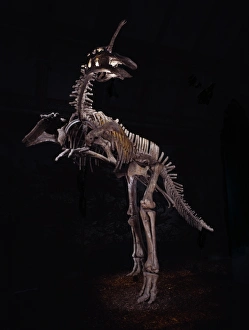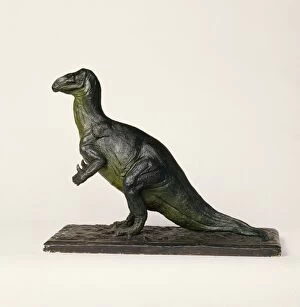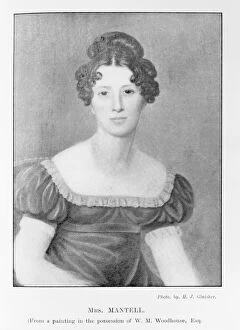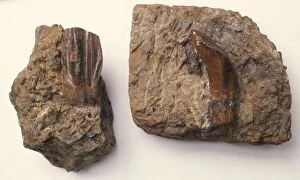Iguanodontia Collection
Iguanodontia, a fascinating group of dinosaurs that includes well-known species like Iguanodon and Hylaeosaurus
All Professionally Made to Order for Quick Shipping
Iguanodontia, a fascinating group of dinosaurs that includes well-known species like Iguanodon and Hylaeosaurus. These magnificent creatures roamed the Earth during the early Cretaceous period, specifically in an area known as The Wealden. Thanks to meticulous restorations, we can now visualize what these incredible animals looked like. One such restoration can be found at Crystal Palace Park in London, where life-sized models of Iguanodon and Hylaeosaurus stand tall. The importance of these dinosaurs cannot be overstated. In fact, it was the discovery of an Iguanodon tooth by Gideon Mantell in 1822 that led to the recognition of dinosaurs as a distinct group. Later on, more fossils were unearthed including an impressive Parasaurolophus skeleton. Restorations have also allowed us to compare the sizes of extinct animals from different periods. It's mind-boggling to imagine sharing our world with creatures so massive and diverse. In a truly unique event on December 31st, 1853, an "Invitation to Dinner in Iguanodon" took place at Crystal Palace Park. Guests dined inside a life-sized model of this dinosaur – surely an unforgettable experience. While teeth are often used for identification purposes when studying fossils, it is worth noting that not only teeth but also femurs have been discovered belonging to Iguanodons. As we continue exploring the wonders of prehistoric life through paleontology and scientific advancements, let us marvel at the diversity and grandeur displayed by creatures like Iguanodontia - true giants who once ruled our planet with awe-inspiring presence.

